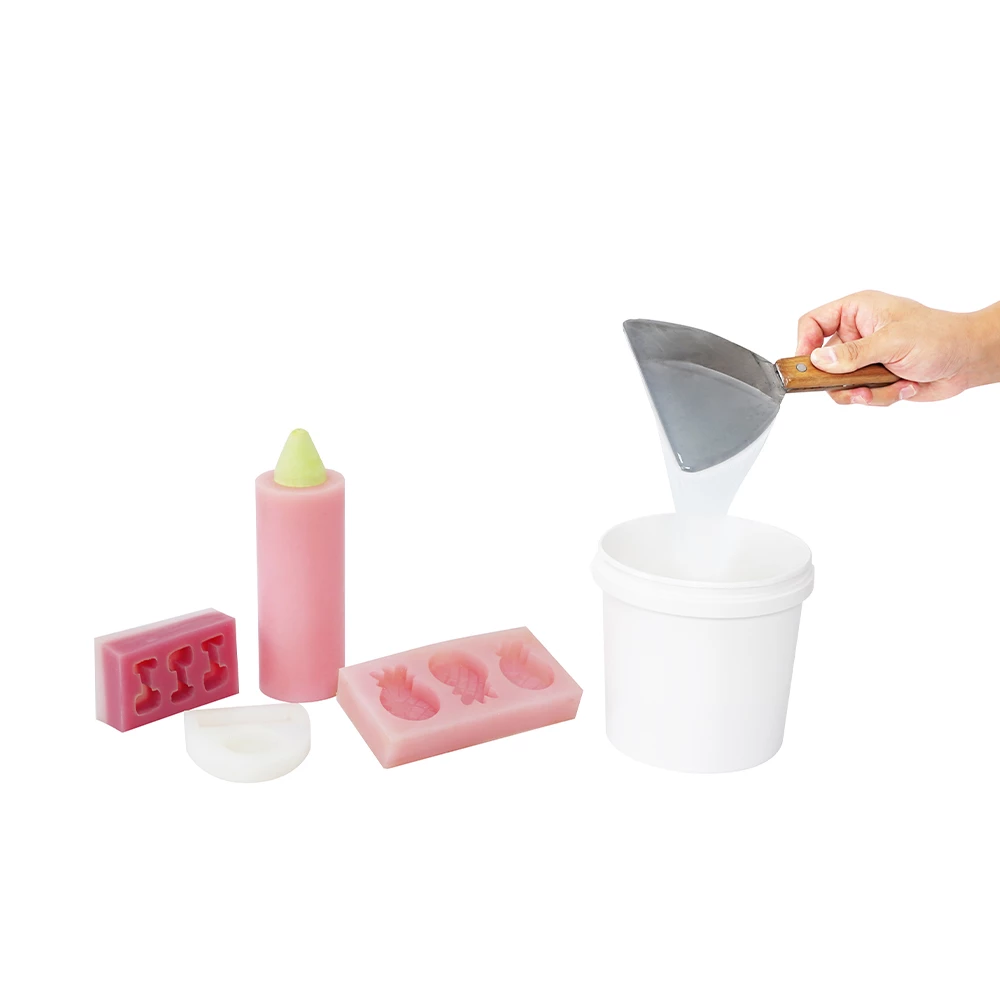How do we recognize a good electronic sealing silicone?
When it comes to protecting electronic components from environmental factors such as moisture, dust, and temperature fluctuations, electronic sealing silicone plays a crucial role. However, not all silicone sealants are created equal. Recognizing a good electronic sealing silicone can be the difference between a durable, reliable product and one that fails prematurely. Here are some key factors to consider:
1. Adhesion Properties
A good electronic sealing silicone should have excellent adhesion to a variety of substrates, including metals, plastics, and ceramics. This ensures that the sealant forms a strong bond, preventing any gaps where moisture or contaminants could enter.
2. Flexibility and Elasticity
Electronic components often experience thermal expansion and contraction. Therefore, the silicone sealant must be flexible and elastic to accommodate these changes without cracking or losing its seal. Look for a silicone that maintains its properties over a wide temperature range.
3. Chemical Resistance
Exposure to chemicals, such as solvents or cleaning agents, can degrade inferior silicone sealants. A high-quality electronic sealing silicone should be resistant to a wide range of chemicals to ensure long-term protection.

4. Electrical Insulation
Since the primary use of electronic sealing silicone is in electronic applications, it must provide excellent electrical insulation. This prevents short circuits and ensures the safe operation of the electronic device.




